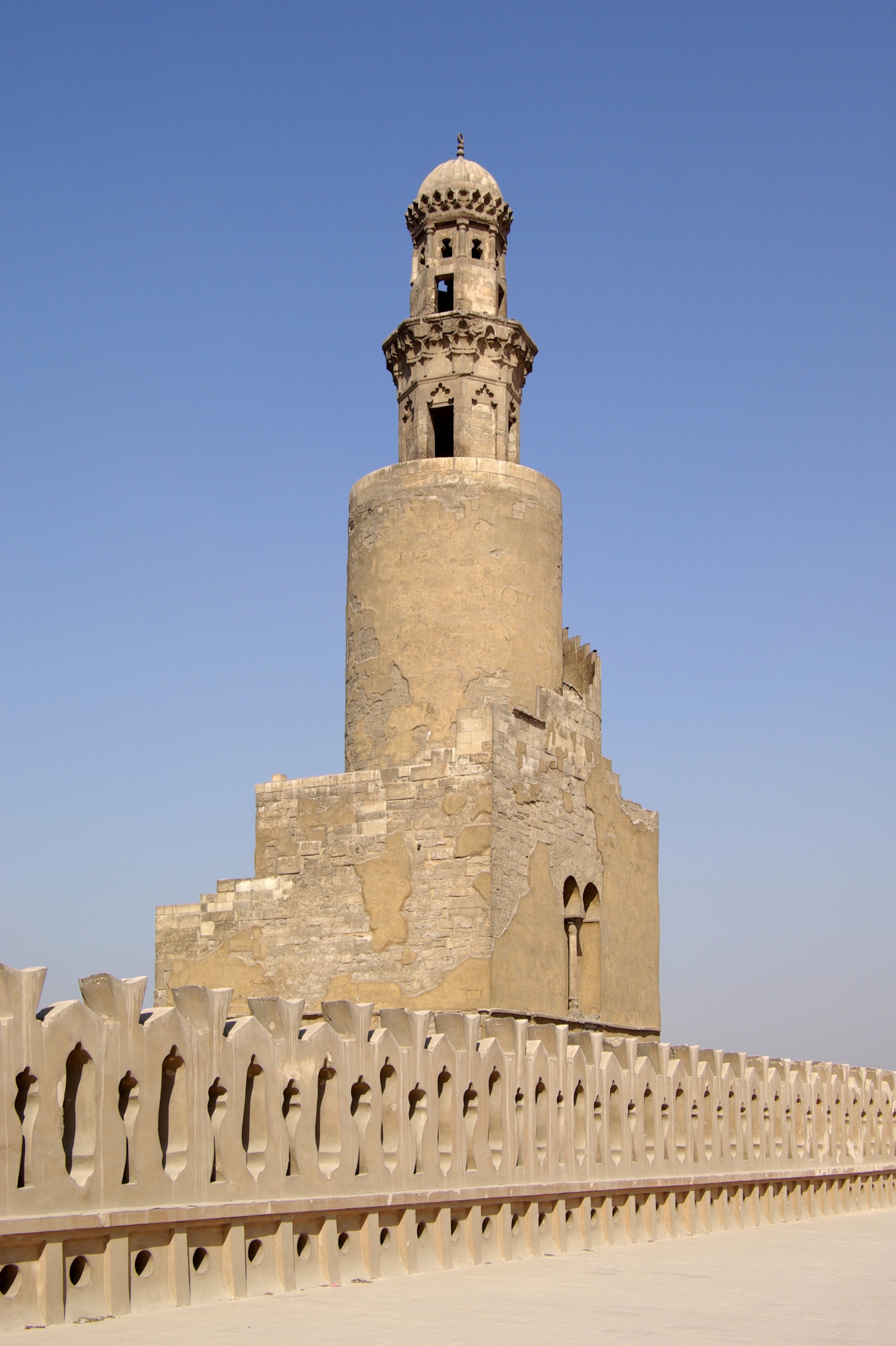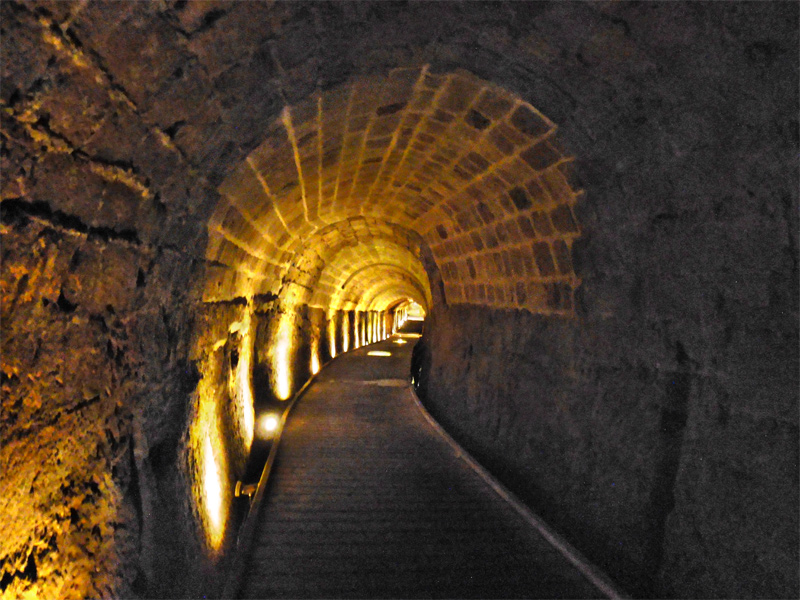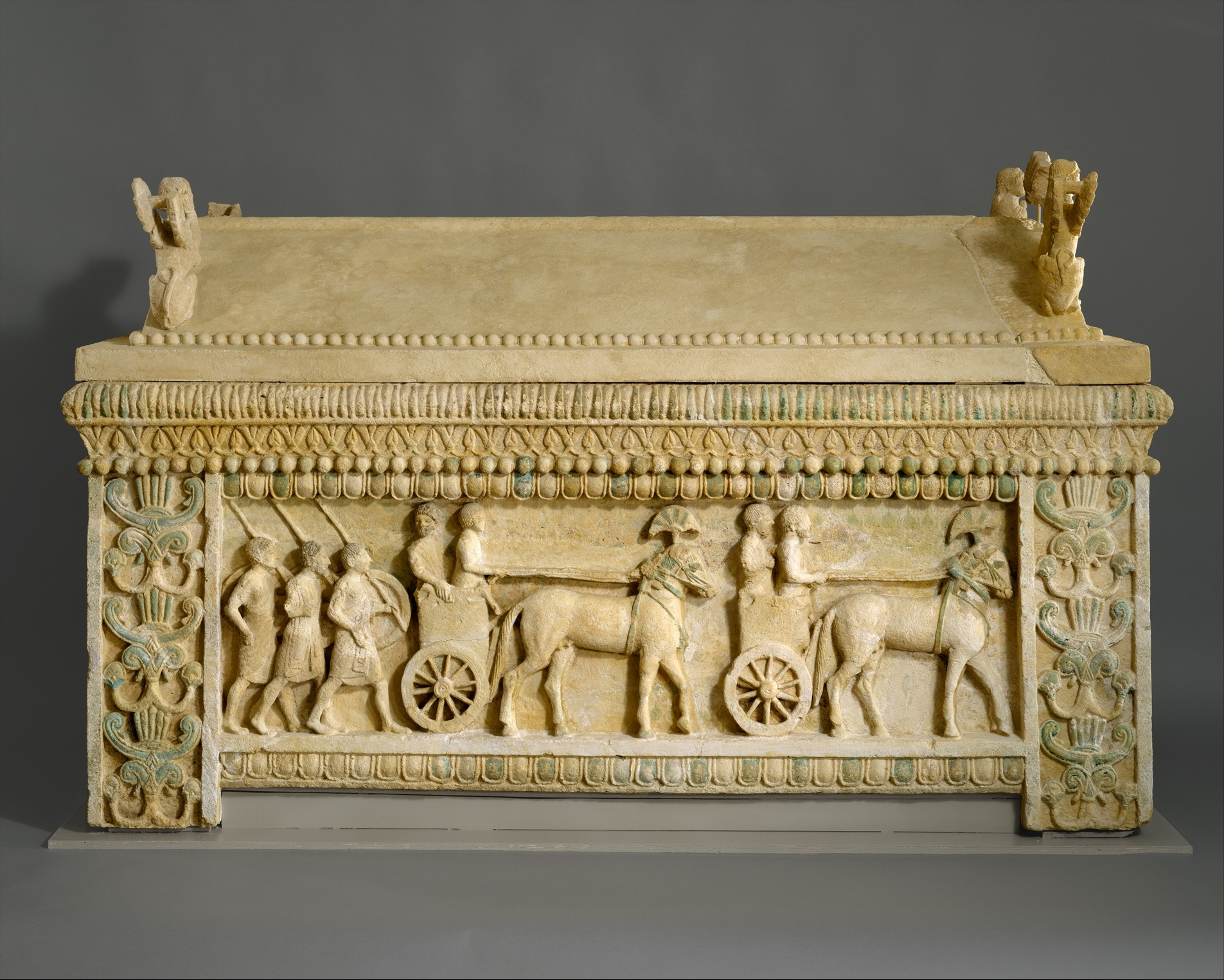|
1248 Deaths
Year 1248 ( MCCXLVIII) was a leap year starting on Wednesday of the Julian calendar. Events By place Seventh Crusade * August 12 – King Louis IX (the Saint) leaves Paris together with his wife, Queen Margaret of Provence, and her sister Beatrice of Provence. Two of Louis' brothers, Charles of Anjou and Robert of Artois, are also present. He is followed by his cousins, Hugh IV of Burgundy and Peter Mauclerc, both are veterans of the Barons' Crusade. * August 25 – Louis IX departs from Aigues-Mortes and Marseilles with a French expeditionary force (some 10,000 men) transported by 100 ships. An English detachment (some 5,000 men) under William Longespée (the Younger), grandson of King Henry III, and his mistress Ida de Tosny follows close behind with 36 transport ships. * September 17 – Louis IX arrives at Limassol on the island of Cyprus. He gathers his forces and is well received by King Henry I (the Fat). The Crusaders are supplemented by n ... [...More Info...] [...Related Items...] OR: [Wikipedia] [Google] [Baidu] |
Aigues-Mortes
Aigues-Mortes (; ) is a Communes of France, commune in the Gard Departments of France, department in the Occitania (administrative region), Occitania region of southern France. The medieval Ramparts of Aigues-Mortes, city walls surrounding the city are well preserved. Situated on the junction of the Canal du Rhône à Sète and the Chenal Maritime to Le Grau-du-Roi, the town is a transit center for canal craft and Dutch barges. Name The name "Aigues-Mortes" was attested in 1248 in the Latinized form ', which means "dead water", or "stagnant water". The name comes from the marshes and ponds that surround the village (which has never had drinking water, potable water). The inhabitants of the commune are known as ''Aigues-Mortais'' or ''Aigues-Mortaises'' in French. The Occitan language, Occitan ' is equivalent to toponymic types in the Morteau Langues d'oïl, Oil dialect cf. Morteau, Morteau (Doubs): ''mortua Aqua'' (1105, VTF521) and Cirey-lès-Mareilles, Morteaue (Haute-M ... [...More Info...] [...Related Items...] OR: [Wikipedia] [Google] [Baidu] |
Eljigidei
Eljigidei Noyan (, d. 1251) was a Mongol commander in Persia. Career He was a commander of the Kheshig during reign of Ögedei, the second ruler of the Mongol Empire and the third son of Genghis Khan. Following the election of Güyük in 1246, he replaced Baiju, Batu's protégé. He departed from Mongolia in September 1247 and arrived in Talas in April 1248, which coincided with Güyük's death. Upon arrival in Khorasan, he stationed in Badghis region. Supposedly possessed of Christian sympathies like the khan, Eljigidei was ordered to advance into Syria, and planned an advance on Baghdad. This advance was, ideally, to be conducted in alliance with Louis IX of France, in concert with the Seventh Crusade. However, Güyük's sudden death made Eljigidei postpone operations until after the interregnum An interregnum (plural interregna or interregnums) is a period of revolutionary breach of legal continuity, discontinuity or "gap" in a government, organization, or social o ... [...More Info...] [...Related Items...] OR: [Wikipedia] [Google] [Baidu] |
Egypt In The Middle Ages
Following the Muslim conquest of Egypt, Islamic conquest in 641-642, Lower Egypt was ruled at first by governors acting in the name of the Rashidun Caliphs and then the Umayyad Caliphs in Damascus, but in 750 the Umayyads Abbasid Revolution, were overthrown. Throughout Islamic rule, Al-Askar, Askar was named the capital and housed the ruling administration. The conquest led to two separate provinces all under one ruler: Upper Egypt, Upper and Lower Egypt. These two very distinct regions were governed by the military and followed the demands handed down by the governor of Egypt and imposed by the heads of their communities. Egypt was ruled by many dynasties from the start of Islamic control in 639 until the early 16th century. The Umayyad period lasted from 658 to 750. The Abbasid period which came after was much more focused on taxes and centralizing power. In 868, the Tulunids, ruled by Ahmad ibn Tulun, expanded Egypt's territory into the Levant. He would rule until his death in ... [...More Info...] [...Related Items...] OR: [Wikipedia] [Google] [Baidu] |
Guillaume De Sonnac
Guillaume de Sonnac (died 6 April 1250) was Grand Master of the Knights Templar from 1247 to 1250. Personal life Sonnac was born to a noble family in the French region of Rouergue. No date of birth survives for the Grand Master. He was described by Matthew Paris as "a discreet and circumspect man, who was also skilled and experienced in the affairs of war". De Sonnac was an established member of the order before his election as Grand Master. He was the Preceptor of Aquitaine in France for the Templars and arrived in the Holy Land around autumn of 1247, finding "the remnants of the Kingdom of Jerusalem in a precarious state. Grand Master Armand de Périgord had been taken prisoner at the Battle of La Forbie in 1244, and after negotiations for his release failed two years later, De Sonnac was proposed as a replacement. Before his first year in the East was out, he was the order's new leader. Military record The Seventh Crusade De Sonnac's tenure was a particularly violent o ... [...More Info...] [...Related Items...] OR: [Wikipedia] [Google] [Baidu] |
Jean De Ronay
Jean de Ronay (died 11 February 1250, Mansurah, Egypt) was knight of the Order of Saint John of Jerusalem who was appointed Grand Commander of the Knights Hospitaller by the Grand Master Guillaume de Chateauneuf in 1243 or 1244. He served as interim Grand Master of the Knights Hospitaller from 1244 to 1250 during the captivity of de Chateauneuf. He died in battle during the Seventh Crusade. Biography In is unknown when de Ronay was born or when he joined the Order. It is known that he was a senior knight in good standing in 1245 when he assumed the position of interim Grand Master during the captivity of Guillaume de Chateauneuf. He died in battle on 11 February 1250, eight months before the release of de Chateauneuf. The Knights Hospitaller were left leaderless with the capture of de Chateauneuf on 18 October 1244. De Ronay, being the next highest ranking Hospitalier, took the responsibility of the Grand Master ''ad interim''. He was confirmed in this functions, until the re ... [...More Info...] [...Related Items...] OR: [Wikipedia] [Google] [Baidu] |
Acre, Israel
Acre ( ), known in Hebrew as Akko (, ) and in Arabic as Akka (, ), is a List of cities in Israel, city in the coastal plain region of the Northern District (Israel), Northern District of Israel. The city occupies a strategic location, sitting in a natural harbour at the extremity of Haifa Bay on the coast of the Mediterranean's Levantine Sea. In the Village Statistics, 1945, 1945 census Acre's population numbered 12,360; 9,890 Muslims, 2,330 Christians, 50 Jews and 90 classified as "other".Department of Statistics, 1945, p4Government of Palestine, Department of Statistics. ''Village Statistics, April, 1945.'' Quoted in Hadawi, 1970, p40 Acre Prison, Acre's fort was converted into a jail, where members of the Jewish underground were held during their struggle against the Mandate authorities, among them Ze'ev Jabotinsky, Shlomo Ben-Yosef, and Dov Gruner. Gruner and Ben-Yosef were executed there. Other Jewish inmates were freed by members of the Irgun, who Acre Prison break, brok ... [...More Info...] [...Related Items...] OR: [Wikipedia] [Google] [Baidu] |
Henry I Of Cyprus
Henry I of Cyprus, nicknamed the Fat (; 3 May 1217 – 18 January 1253 at Nicosia) was Kingdom of Cyprus, King of Cyprus from 1218 to 1253. He was the son of Hugh I of Cyprus and Alice of Champagne. When his father Hugh I died on January 10, 1218, the 8-month-old Henry became king. His mother was the official regent, but delegated governing to her uncle, Philip of Ibelin. When Philip died, the effective regency passed to his brother John, Old Lord of Beirut. Biography Henry was crowned at the age of 8 at Selimiye Mosque (Nicosia), Santa Sophia, Nicosia, in 1225.Runciman, Steven, ''A History of the Crusades, Volume Three: The Kingdom of Acre and the Later Crusades'', Cambridge University Press, London, 1951, pg. 180 The reason for the early coronation was as a political maneuver by his uncle Philip, who sensed that Frederick II, Holy Roman Emperor, was going to attempt to seize power. In 1228 this did occur, as Frederick forced John of Ibelin to hand over the regency to Amalri ... [...More Info...] [...Related Items...] OR: [Wikipedia] [Google] [Baidu] |
Kingdom Of Cyprus
The Kingdom of Cyprus (; ) was a medieval kingdom of the Crusader states that existed between 1192 and 1489. Initially ruled as an independent Christian kingdom, it was established by the French House of Lusignan after the Third Crusade. It comprised not only the entire island of Cyprus, but it also had a foothold on the Anatolian mainland: Antalya between 1361 and 1373, and Corycus between 1361 and 1448. History Medieval Cyprus After the division of the Roman Empire into an eastern half and a western half, Cyprus came under the rule of the Eastern Roman Empire. At that time, its bishop, while still subject to the Christian Church, was made autocephalous by the First Council of Ephesus in 431. The Arab Muslims invaded Cyprus in force in the 650s, but in 688, the Byzantine emperor Justinian II and the Umayyad caliph ʿAbd al-Malik ibn Marwān reached an unprecedented agreement. For the next 300 years, Cyprus was ruled jointly by both the Arabs and the Byzantin ... [...More Info...] [...Related Items...] OR: [Wikipedia] [Google] [Baidu] |
Limassol
Limassol, also known as Lemesos, is a city on the southern coast of Cyprus and capital of the Limassol district. Limassol is the second-largest urban area in Cyprus after Nicosia, with an urban population of 195,139 and a district population of 262,238. The Limassol municipality is the most populated in Cyprus, with a population of 108,105, followed by Strovolos in Nicosia. Limassol was built between two ancient Greek cities, Amathus and Kourion. Its historical centre is located around the medieval Limassol Castle and the Old Port. Today the city spreads along the Mediterranean coast and has extended much farther than the castle and port, with its suburbs stretching along the coast to Amathus. To the west of the city is Akrotiri, one of the two British Overseas Territories of Akrotiri and Dhekelia on the island. In 2014, Limassol was ranked by TripAdvisor as the 3rd up-and-coming destination in the world, in its Top 10 Traveler's Choice Destinations on the Rise list. In ... [...More Info...] [...Related Items...] OR: [Wikipedia] [Google] [Baidu] |
September 17
Events Pre-1600 * 1111 – Highest Galician nobility led by Pedro Fróilaz de Traba and the bishop Diego Gelmírez crown Alfonso VII as "King of Galicia". *1176 – The Battle of Myriokephalon is the last attempt by the Byzantine Empire to recover central Anatolia from the Seljuk Turks. * 1382 – Louis the Great's daughter, Mary, is crowned "king" of Hungary. * 1462 – Thirteen Years' War: A Polish army under Piotr Dunin decisively defeats the Teutonic Order at the Battle of Świecino. * 1543 – The first Finnish-language book, the '' Abckiria'' by Mikael Agricola, is published in Stockholm. * 1577 – The Treaty of Bergerac is signed between King Henry III of France and the Huguenots. 1601–1900 * 1620 – Polish–Ottoman War: The Ottoman Empire defeats the Polish–Lithuanian Commonwealth during the Battle of Cecora. * 1631 – Sweden wins a major victory at the Battle of Breitenfeld against the Holy Roman Empire during the T ... [...More Info...] [...Related Items...] OR: [Wikipedia] [Google] [Baidu] |
Ida De Tosny
Ida de Tosny (or Toeny, or Tony) , Countess of Norfolk (died after 1181), was a Norman royal mistress. Named after her grandmother Ida de Hainaut, she was the daughter of Ralph IV de Tosny (died 1162) and his wife Margaret (born 1125 and living in 1185), a daughter of Robert de Beaumont, 2nd Earl of Leicester. Circumstances of her early life are uncertain. She had at least eight children by Roger Bigod after 1182, so was likely born no earlier than 1150. Moreover, some sources put the date of marriage between her mother Margaret and her father Ralph at 1155 or later (which implies a date of birth between 1155 and 1162.) This, however, is difficult to reconcile with her identification as the mother of William Longespée, 3rd Earl of Salisbury, and his estimated birth date of circa 1167 (William is described as a young man in historical records in 1188-1190 and was likely of age by then.) Despite her Norman ancestry, Ida was born and raised in Flamstead, Hertfordshire, England. ... [...More Info...] [...Related Items...] OR: [Wikipedia] [Google] [Baidu] |





